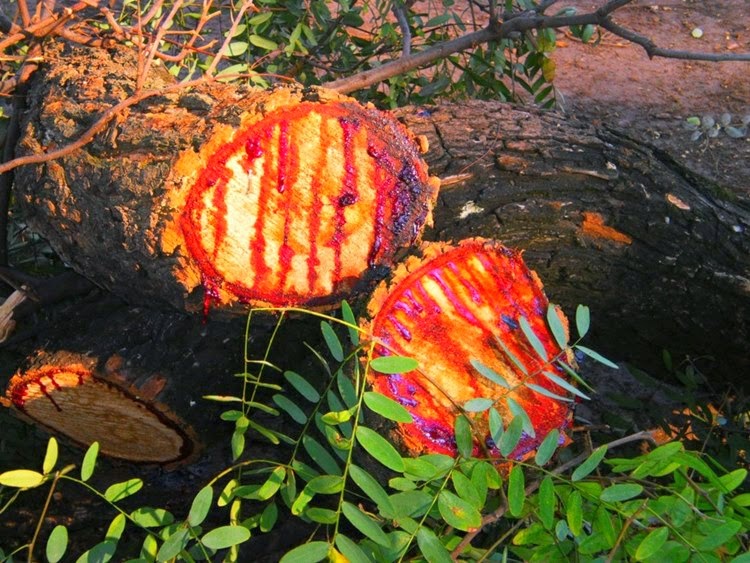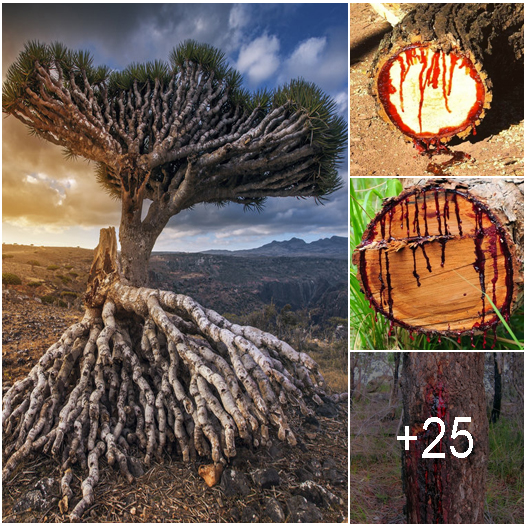You already know how much we love all the wonders and curiosities that nature holds, from the strangest or best-camouflaged animals to the most suitable plants for medicinal use, passing through the most majestic and amazing trees we have ever seen.
Speaking of trees, we have recently come across an amazing specimen that arouses the curiosity of many people. I’m referring to the Pterocarpus angolensis, native to southern Africa, also known as Muninga, Mukwa, or Kiaat. What makes these trees so special is that they appear to bleed like us, as their sap is an intense red color. That’s why it’s colloquially known as the “blood”-crying tree.
Here are some photos so you can see this curiosity of nature with your own eyes:
When a branch or part of the trunk of the Pterocarpus angolensis is cut or breaks, the tree begins to secrete droplets of dark red color.

The sap, red like blood, has a sticky texture that helps heal the wound.

This sap, besides being medicinal, has other possible uses: it is commonly used as a dye and, in some settlements, it is mixed with animal fat to obtain a cosmetic with high properties.
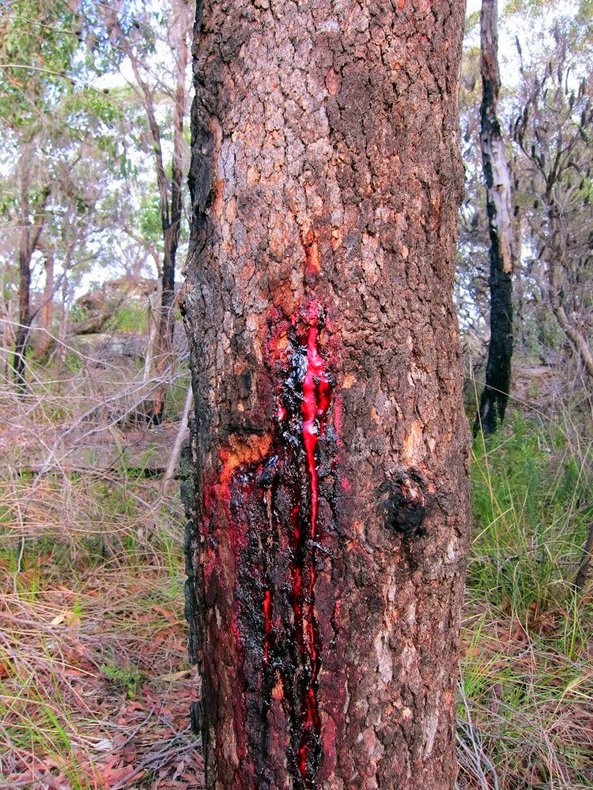
As I was saying, it seems that the sap is medicinal, as it is frequently used to treat intense pain, vision problems, high fevers, and to increase the supply of breast milk.
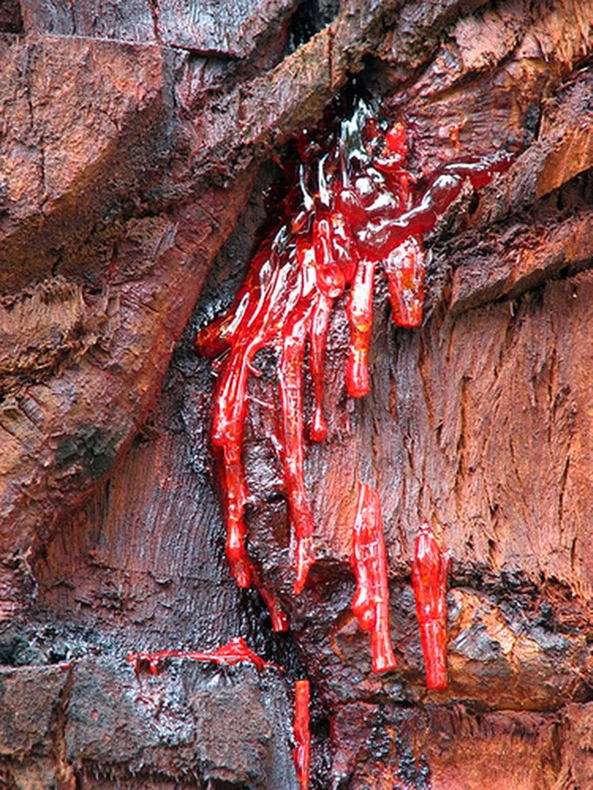
Another curiosity is that the exact age of these trees cannot be calculated, as there are no annual rings in their wood.

Thus, the only ways to make an approximate calculation are through estimates based on the number of trunk branches and their flowering, which occurs once every 15 years.
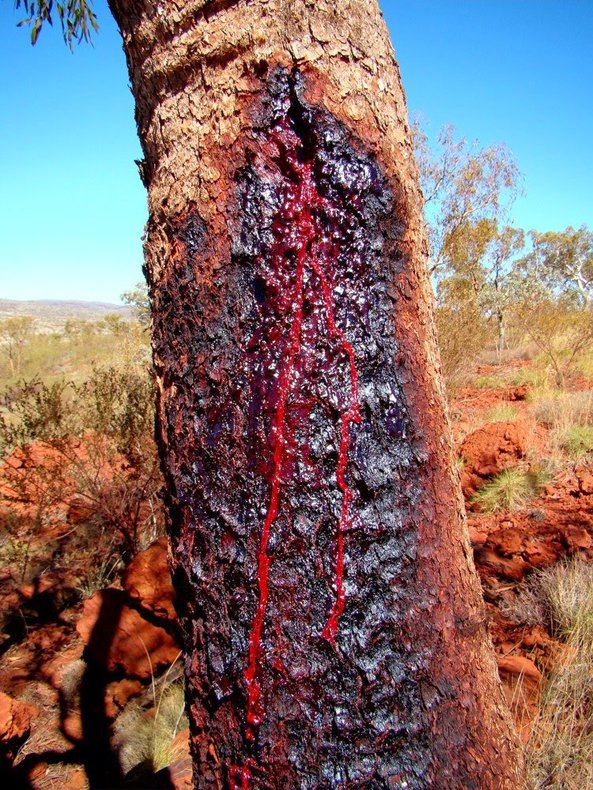
The oldest specimen in Spain is located on the north coast of Tenerife, 17 meters high and estimated to be about 400 years old. Therefore, in 1917 it was declared a natural monument of great national importance.
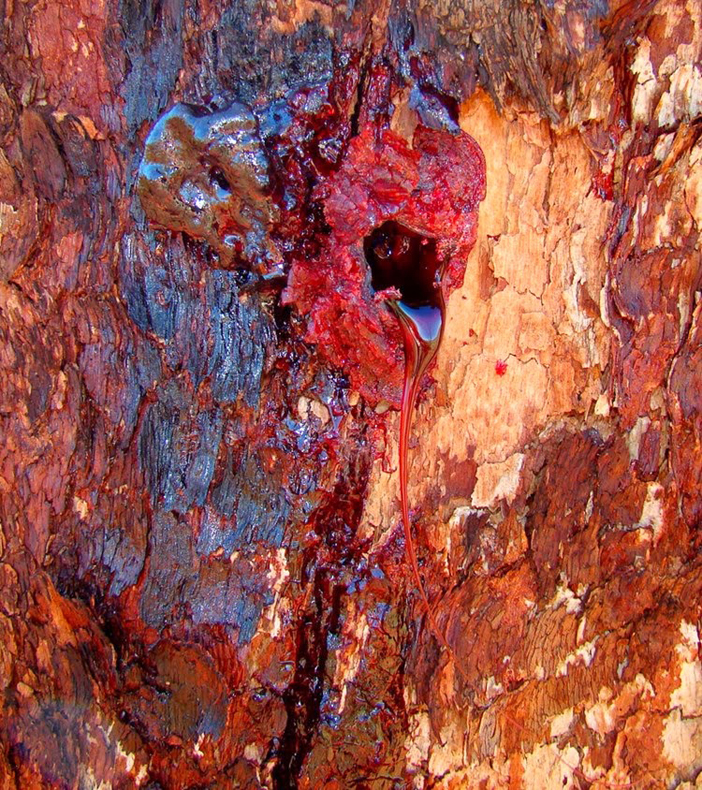
So, if you come across one of these curious trees, know that you have no reason to be scared.
